PA law makers on time crunch to address rise in juvenile crime, create detention facilities
Juvenile crime has been on the rise in western Pennsylvania communities, but local law enforcement is finding its hands tied when deciding how to best address issues among these demographics.
While detaining adults charged with crimes is fairly straightforward, safely securing juvenile criminal offenders is a process covered in red tape and strict guidelines. Special facilities are required to house the underaged, but a limited amount of secure detention beds is leaving nowhere for police to send minors who require long-term police intervention or those charged as adults and serving sentences.
As a result of this shortage, many younger offenders are in a revolving door of arrests by local police, with minor repercussions for juvenile crimes leading to an increase in violent incidents among teenagers in Pennsylvania. From repeated car thefts to deadly shootings, the demand for secure detention spaces for minors is rising, but the supply is restricted to a handful of available beds.
It is a problem throughout the state and beyond
Juvenile bed crisis: Juvenile detention bed crisis in Pa. prompts York County to create center at prison
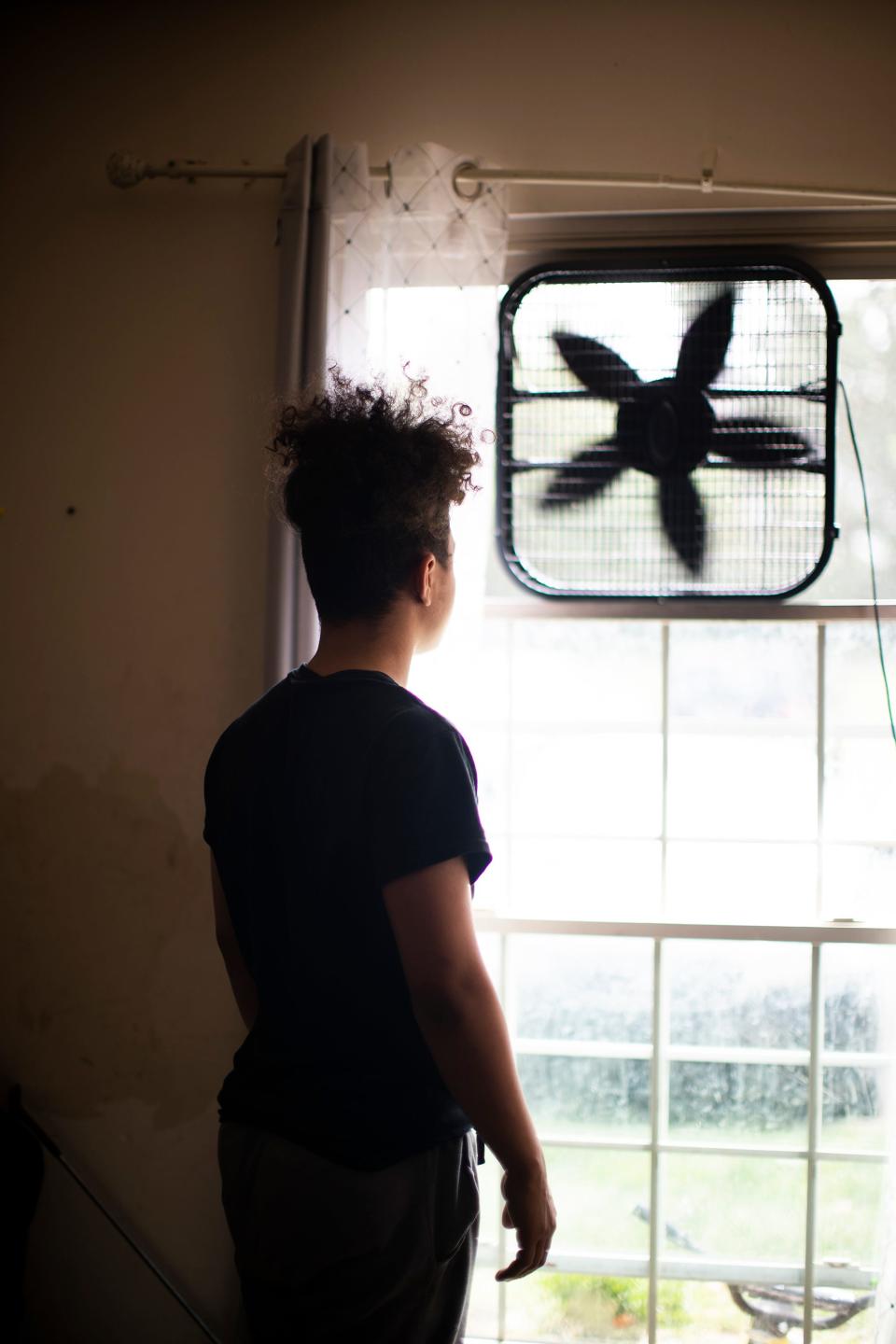
Seeking to stop this cycle and address issues in juvenile crime, elected officials from counties around the Pittsburgh region and beyond are looking at ways to create more beds, but are now on a tight deadline to find solutions that can be implemented within the next two years. Forming a coalition to address the issue, lawmakers are working to quickly identify a location and potentially get more control over the rising number of teenage offenders.
"In order to have any money in the next two fiscal years from the state, we need to have a plan in place by Oct. 1, that's the deadline for the state," said Beaver County District Attorney David Lozier. "We're moving, pedaling as fast as we can, with these discussions between the eight counties around Pittsburgh."
Youth crime rate rising around PA, but limited options for detaining juvenile offenders
For many communities in western Pennsylvania, law enforcement has said the rise in juvenile crime has coincided with the end of the COVID-19 pandemic.
As students returned to classrooms and it became safe to meet in groups again, police and school officials noted the number of fights inside schools was rising among teenagers. Across the country, there have been reports of fights in hallways, on school buses or on school campuses. Violence against teachers and school staff is also on the rise, including an incident in March in which a middle schooler hospitalized a teacher from the Ambridge Area School District.
Even with school officers becoming more common, the limited resources available to students and staff have caused concern and caused renewed calls for intervention programs in classrooms.
"I think every school system is facing an increase in juvenile violence and juvenile truancy coming out of COVID," Lozier said. " You have fifth graders to seniors being much more aggressive in school. The schools are trying to figure out what to do, trying everything from counseling services to suspending or expelling students, moving some of these kids to alternative education locations."
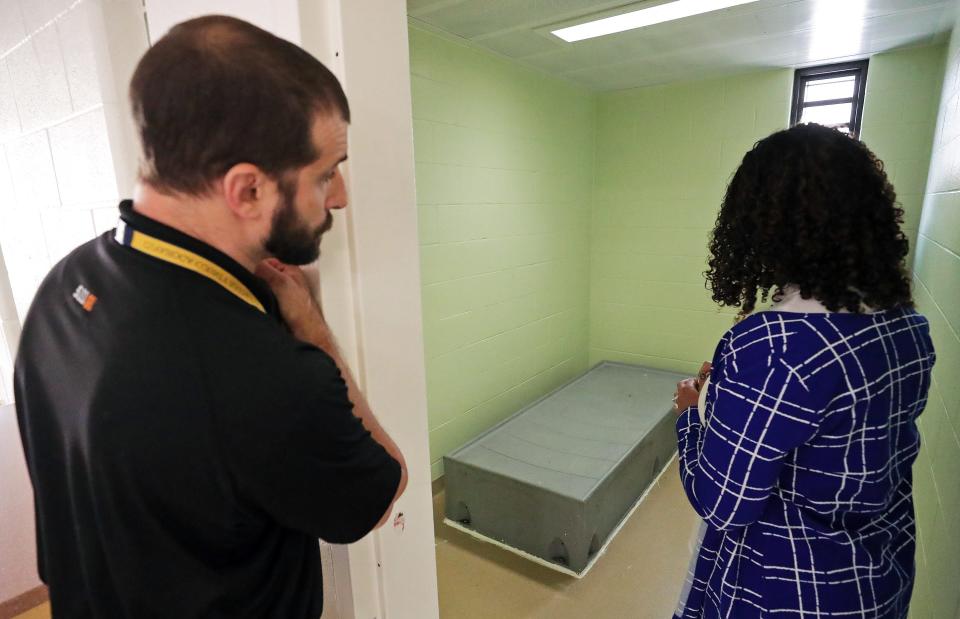
As schools work to address this violence, many districts are turning to armed security guards or school resource officers as deterrents, which remains a controversial practice for many communities. Having officers on campus may temporarily halt some bad behaviors at school, but the limited availability of resources for intervention and counseling makes it hard for districts to directly address some of the core problems faced by teenagers.
"All of our high schools now have gone to having SROs, SPOs or an armed security over the past two years," Lozier said. "Almost all of our middle schools have either a security guard, SPO or an SRO. We have increased the counseling support and use the Prevention Network, a county-supported agency where the county helps pay for interventions for these at-risk kids. The demand has increased, so the county is working on that, but I don't think anyone has been prepared for this change. I think every school and every community is looking at the need for more juvenile intervention programs."
Outside of the classrooms, the arrest of minors has also been more common due to strings of car break-ins assisted by social media videos. In many of these cases, minors target cars they learn how to start without a key and will take the vehicle on a joyride, often ending in a crash that totals the vehicle. In Beaver County, these car thefts have rapidly risen as minors continue to target unlocked cars around the region, with the number of incidents jumping from a few cases a month to an average of 14 thefts and crashes per month in 2023.
As these number of crimes continue to rise, law enforcement agencies are often finding their hands tied on how to discipline these juvenile offenders due to a lack of secure detention facilities. Under current federal law, police can only hold minors for a maximum of six hours and a decision on where they should be sent needs to be completed within this timeframe.
"If we don't resolve the disposition of the minor within six hours, they have to walk," Lozier said. "We do the investigation and we type up the juvenile allegation, which is the equivalent of a criminal complaint. Juvenile Services call an average of eight to nine facilities between Central Ohio and Central Pennsylvania, begging for a place to put this person in secure detention. Over 80% of the time, there are no beds."
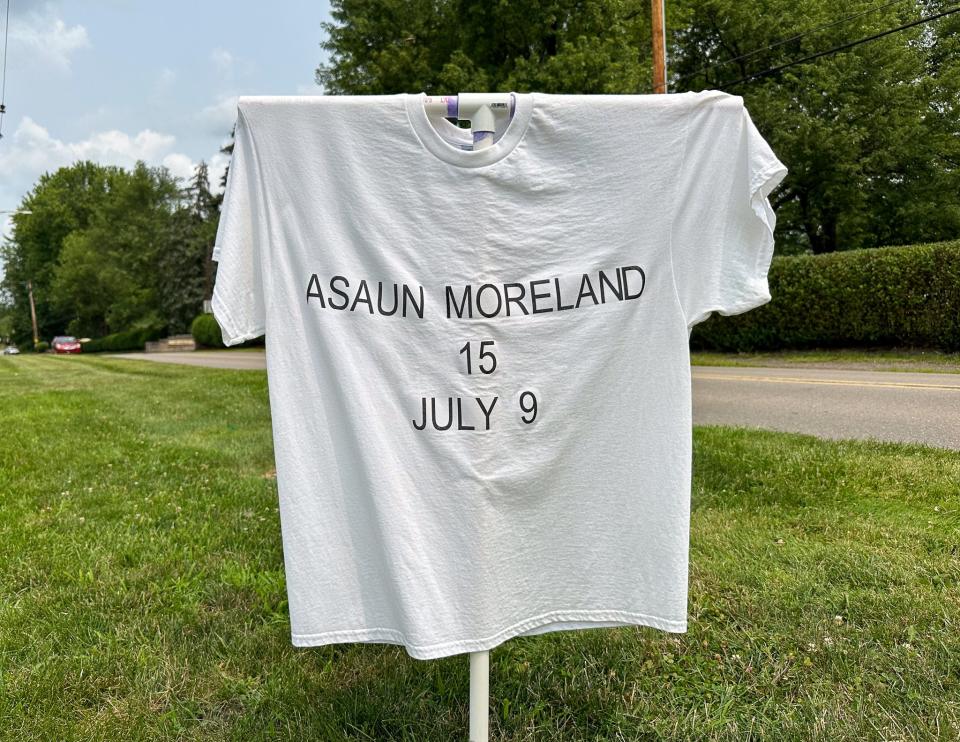
In previous years, the most common solution for discipline involved spending time in a juvenile detention facility in a surrounding county. Once in these facilities, state officials would work to identify the best solutions for minors, which often worked to prevent incarceration and instead focus on any necessary intervention that may take a longer time to accomplish.
"We would put them in either a shelter or a secure detention bed for a couple of days or a couple of weeks while we sorted out the needs of that minor," Lozier said. "Do they need treatment? Do they need drug treatment? Do they need anger management? Do they need a new school location? Is there something we can do to help address the family situation? We use the tension and we use shelter as a means to begin the rehabilitation process for the youth. It's not punishment, it's to begin fixing the situation if we can."
For law enforcement in western Pennsylvania, this solution-finding process is no longer an option due to a severely limited number of beds being made available for communities. After the sudden closure of Allegheny County's Shuman Juvenile Detention Center in 2021, only three juvenile detention facilities have remained in operation in Pennsylvania. This has caused counties surrounding Pittsburgh to pay larger rates to house juveniles in these remaining facilities, often wrestling to secure any available beds.
As the Westmoreland County Juvenile Detention Center remains temporarily closed due to several state violations and continued staffing issues, the limited space is continuing to grow more competitive for law enforcement in western Pennsylvania's communities.
"For the nine counties in southwestern Pennsylvania, according to a state review that was just completed in May, we need 54 secure detention beds on any given day for these nine counties," Lozier said. "We have no beds. We have 11 beds available to us in Mercer County, it's a place called George Jr., but 17 counties are wanting to use those 11 beds. And there's usually no bed available, so when we have a juvenile who shoots at somebody, steals a car, is caught with a gun, stabs somebody, or commits armed robbery, [there is nowhere to send them.] And those are all things we've had in the last six months with juveniles."
Without a secure place to hold these teenagers, sometimes the only option is to send these minors back home to their parents without many options for support.
"You have a juvenile, 14 to 17, who commits a serious and potentially violent crime, but there is no consequence to them in the short term," Lozier said. "What happens is we send them home with their parents. We have a very high recidivism rate, which means that many times they steal another car and get arrested again. The police put them in the back of a patrol car and they laugh at the police, saying 'What are you gonna do, send me home?'"
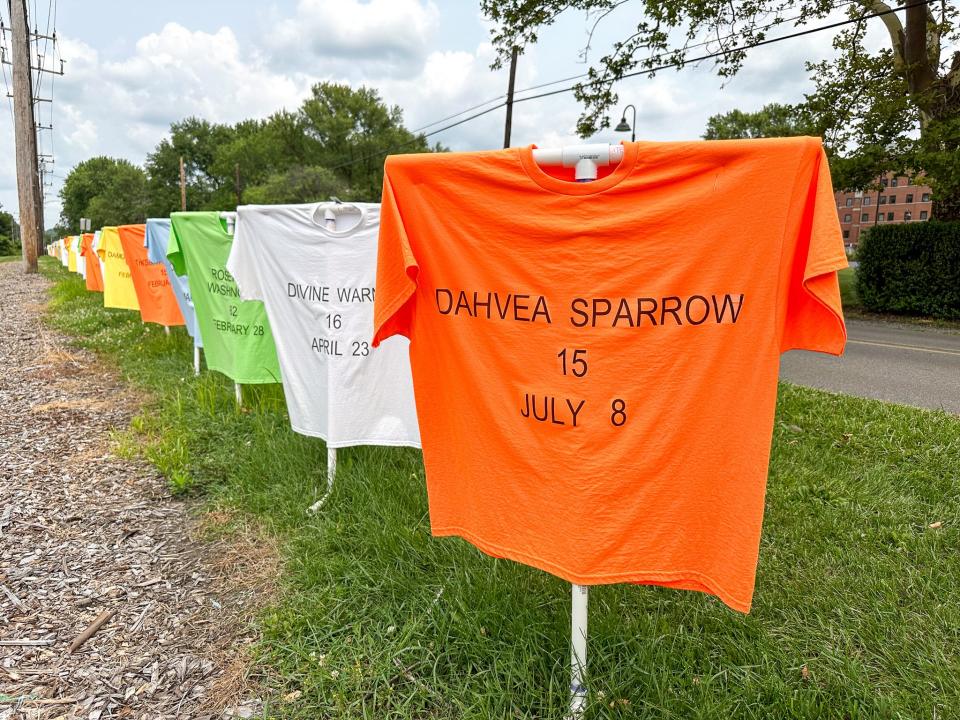
As repeat offenders continue to go without repercussions, the scale of crimes has also grown and begun to include violent crimes as well. Reporting from the Erie Times has followed a rise in violent crimes among juveniles in recent years, with several reports of violent crimes occurring throughout this summer. Cases covered since June have included shootouts taking place between teenagers and armed robberies where attempted shootings occurred.
In Beaver County, the murders of 15-year-old Asaun Moreland, of Ambridge, and 15-year-old Dahvea Sparrow, of Aliquippa, occurred within 24 hours of each other. In both of these cases, the teenagers were allegedly targeted by other teenagers and killed with firearms, with Lozier saying that four of the people identified throughout the case had recently been through local police departments for stealing cars.
Aliquippa death: Aliquippa teen surrenders to police for homicide charges
"Of the four people identified in the two murders in Aliquippa and Ambridge, both victims and both identified shooters had recently been arrested for stealing cars," Lozier said. "Under normal circumstances, all four of those identified individuals, the two deceased and the two in jail, would have been detained and those two juveniles would be alive."
Ambridge death: Arrest made in fatal shooting of Ambridge teenager, reward increased for Aliquippa murder
Lawmakers seeking solutions, working with restrictions
Detention of juveniles is not as simple as making dedicated space in county jails, as multiple federal and state guidelines must be met when handling minors in the justice system.
Even for violent offenders charged as adults, some regulations prevent exposure to adult prisoners. Under federal guidelines implemented in 2021, juveniles can not be in a location where they would be within the "sight or sound" of adult prisoners while in jail. This makes detaining these minors almost impossible in many county jails in Pennsylvania, as traveling through the hallways of a facility could risk breaking federal law.
"Between those [guidelines], that's why we can't use one of the pods in our jail to house juveniles," Lozier said. "If they walked down the hallway to the medical center, if they walked down the hallway to go to a counseling room with their lawyer, they walk down the hallway for any of the community rooms or to have a hearing, they pass other prisoners. We only have two jail cells in our jail which can be used for those juveniles charged as adults until they turn 18 and those are isolation cells, which are in the suicide watch area and back behind the medical section."
As a result, law enforcement does not have many areas to place minors charged with violent crimes. Each county requires additional space for secure detention beds, but accommodations are also desperately needed for safely securing any minors who have been charged as adults for their crimes. This requires a large amount of space, but many counties are finding themselves in a bind when proposing these facilities in their communities.
Officials in Beaver County last discussed the potential of opening a juvenile detention center in 2019, as the county reportedly was spending more than $500,000 annually to send minors to other counties' facilities. The region was previously home to the Allencrest Juvenile Detention Center, but the heavy operation budget of $2.1 million became too much for the county and the facility was officially closed in 2009. The land the former facility was located on was also sold in 2018.
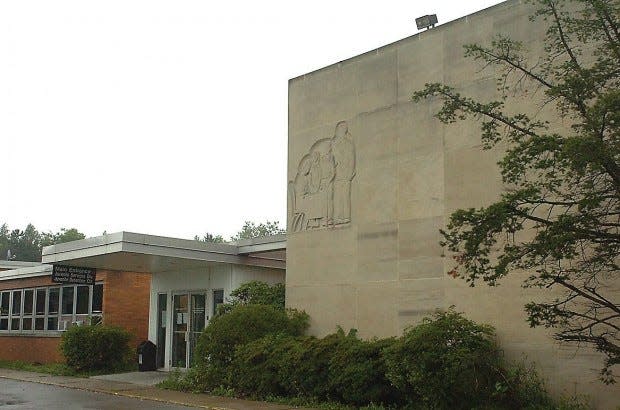
While these former discussions included building a new facility next to the Beaver County Jail, located in Hopewell Township, the potential of building of a new facility is not currently an option with the existing state budgets.
"We could build a new juvenile detention facility, either for juveniles charged as adults or secure detention shelter on the property at the county jail," Lozier said. "We would be sharing transport services, medical services, food services, uniforms and personnel to an extent, but that would be building from scratch. The state doesn't have any money to build from scratch, so we would have to build that on our own funds with no state support. Beaver County would like to lead, but if there's another county that can do this for half the price, we are still in those discussions."
An alternative to building from scratch is repurposing old facilities, which can include former detention centers or vacant buildings with the necessary space. While this option would allow for state funding, which greatly reduces the costs of starting a facility in any county, Lozier says this option presents a separate slate of issues when involving communities and zoning.
"The problem is where we put it," Lozier said. "We could repurpose an existing building, we have a number of empty office buildings, school buildings and small industrial facilities in the region. But every one of those locations would require zoning, and you can anticipate a two-year zoning battle in any municipality where people come in and say they don't want a juvenile facility in their neighborhood."
Options have been floated for reusing a facility in Lawrence County in this way, but no official decisions or locations have been named at this time. As counties around western Pennsylvania continue to discuss the potential location, they encourage communities willing to house these facilities to reach out to their county commissioners and elected officials to share any possible ideas.
Beyond potentially creating one facility managed by a county, officials are also discussing a long-term solution to prevent relying on a single facility in the future. Whether this takes the form of a multi-county commission or an agency managed by the state has not been decided, but the group of elected officials is continuing to meet before the October deadline to discuss budget options and the best ways to address local juvenile crime.
"We spent two and a half hours together in Pittsburgh in the State Office Building, where we had commissioners and juvenile and law enforcement from all eight counties with about four state agencies," Lozier said. "It's agreed that we all need to come up with a multi-county solution, the question is: will one or two counties build facilities and then sign contracts? Or do we create a regional Juvenile Justice Commission and as a group of eight counties build, fund and run one or several facilities as a multi-county commission? Those are the questions still on the table."
This article originally appeared on Beaver County Times: PA lawmakers working to find juvenile crime detention centers amidst rise in crimes

